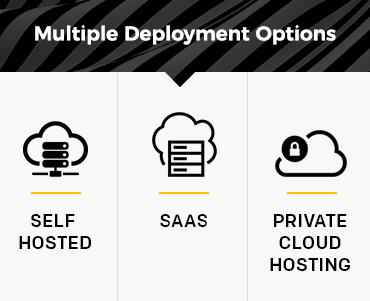Four Steps to Help Set Your Construction Process Up for Success After COVID
Posted on May 12, 2020
As every industry looks for ways to survive coronavirus and the subsequent closures, at Fund Control we are keeping an eye on all the options we see. Check out these four steps that can help you organize everything so that you will be ready to get started when things change. If you need help with fund control and other industry software, do not hesitate to call us at 800-625-5972.
- Determine the Risk Level of Your Projects
- Study Your Contracts
- Assess Project Statuses from February 2020
- Have an Overall Delay Monitoring and Analysis Plan
First, be honest about which of projects are high risk and which are medium risk. Which will be most impacted by significant delays? Different projects will be impacted in different ways and it is important to take this into consideration when scheduling. Choosing to spend more time and resources on high risk projects can yield big results when all is said and done.
Look at the contracts you have created for every single project. Note any relevant delays that will impact clauses in your contracts. The fact of the matter is that coronavirus is going to cost contractors money and it’s going to cost mortgage companies money – it is going to cost every business connected to construction. The key is to look at your contracts to understand how delays may affect them and impact costs.
If you have clauses for extensions, delays, etc., address them sooner rather than later. If you know you will need an extension, or strongly believe you will, then the earlier you address the better. As time goes on, it is only going to get harder to get the extensions you need – not easier.
Next, look at the project statuses as of the end of February for your high- and medium-risk projects. This will give you the necessary understanding of the true status of the job and what the impact will be. Think of it this way: It will act as a baseline of all disruption and delay analyses moving forward. Items that should be assessed include schedule progress, feasibility, and quality.
You should have an overall plan for monitoring and analyzing projects as they are identified. You will need to consider how well delays have been or should be documented, analyzed, and understood. The answer to that question will have a high correlation to the level of success you are likely to achieve on future projects, both in a cost and schedule array.
At Fund Control we can help you keep documents organized, safe, and secure. We can help with a lot more too! Call us at 800-625-5972 to ask for a free demo and learn exactly how we can assist in these difficult times.



